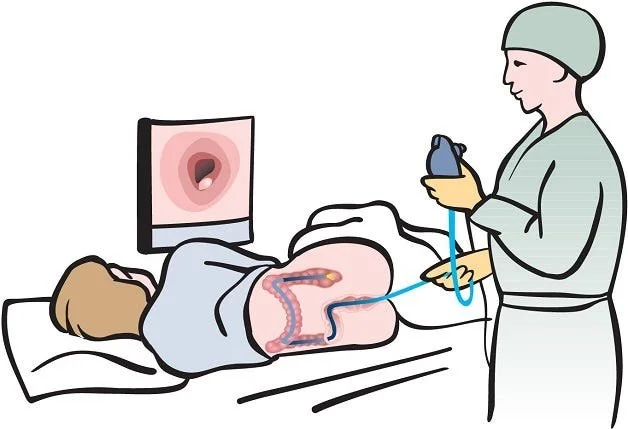A colonoscopy is a medical procedure used to examine the inner lining of the large intestine and rectum. It involves the use of a flexible tube with a camera, which allows direct visualization of the colon to identify abnormalities such as polyps, inflammation, or lesions. This procedure is regularly performed for screening, surveillance, and diagnostic purposes in gastrointestinal practice.
What Is a Colonoscopy?
A colonoscopy is a diagnostic and occasionally therapeutic procedure used to examine the interior lining of the colon and rectum. During this procedure, a thin, flexible tube equipped with a small camera, known as a colonoscope, is inserted through the rectum and carefully navigated throughout the colon. The video feed from the camera allows the medical professional to thoroughly review the intestinal lining for any abnormalities.
A colonoscope is designed to detect polyps or other irregularities. The physician may use additional tools during the procedure when necessary to perform biopsies or remove small growths for further analysis. This dual-purpose functionality makes the colonoscopy a valuable tool in both preventative care and the diagnosis of digestive system conditions.
Why Is Receiving One Necessary?
A colonoscopy serves several purposes in maintaining and improving gastrointestinal health. It is often recommended for individuals experiencing unexplained digestive symptoms, such as chronic abdominal pain, rectal bleeding, or changes in bowel habits. This procedure is also utilized to track existing conditions, including inflammatory bowel disease, or to verify the results of other diagnostic tests.
One of the most significant uses of a colonoscopy is in the early detection and prevention of colorectal cancer. Routine screenings can identify precancerous polyps or growths, which can then be removed before they develop into a more severe condition. Early detection plays a key role in improving treatment outcomes for colorectal cancer. The procedure is typically advised for adults beginning at age 45 as part of routine cancer screening. Those with a family history of colorectal issues or other risk factors may be advised to start earlier or undergo more frequent evaluations.
What Should You Expect?
Preparing for and undergoing a colonoscopy involves several steps, each with the goal of securing accurate results and a positive experience. The preparation process begins a few days before your scheduled procedure. To allow the medical team a clear view of the colon’s interior, patients are required to follow a specific bowel preparation plan. This often includes dietary changes, such as switching to clear liquids before the procedure, and the use of prescribed laxatives.
The Procedure Itself
The colonoscopy typically takes place in an outpatient setting and may be completed in less than an hour. Sedation is usually administered to keep you relaxed and comfortable throughout the procedure. Once sedated, the colonoscope is gently inserted and guided through the colon. The medical professional will meticulously examine the intestinal lining for abnormalities. If needed, biopsies may be performed during this time without causing discomfort due to the sedation.
Post-Procedure
Recovery from the procedure is generally smooth. During the initial hours post-sedation, temporary side effects such as mild bloating or gas are common. The doctor will explain any findings and discuss next steps. If any tissue samples were taken, you may need to wait several days for the final results.
Speak Further With Your Gastroenterologist
A colonoscopy is an effective, routine procedure used to maintain gastrointestinal health and identify potential concerns early. If you have questions about the procedure, whether you are a candidate, or how to prepare, speak with your gastroenterologist. They can address your concerns, provide personalized guidance, and make sure you feel informed every step of the way.

Leave a Reply